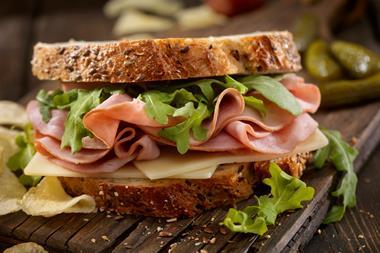Late ripening wheat varieties tend to have lower specific weights, but higher yields, according to new analysis from the HGCA.
The research was carried out in the wake of last year’s poor harvest, and looked at data from 1994 to 2012 from the HGCA’s Recommended List trials and the AHDB/HGCA Cereal Quality Survey.
It examined the effect of the weather, varietal traits and the region the wheat was grown in on the final specific weight of the crop.
Doctor Ellie Marshall, research and knowledge transfer manager at HGCA, said: "Crucially, the difference between the specific weight achieved in Recommended List trials and commercial crops is much greater in later ripening varieties."
According to the HGCA, there has been a shift, in recent years, to more late ripening varieties on the list, which has been matched by more being grown on-farm.
"The research shows that the specific weight problems of 2012 are likely to have been exacerbated by late maturity but we can’t forget that the weather was the most important factor. Growers should consider having a range of maturities in order to achieve both consistent yields and quality in each season," added Marshall.
Looking at the effect regionality had, the findings showed that in 2012, the South West and Midlands had the lowest specific weights of about 68kg/hl, whereas in previous seasons, specific weights in these regions were among the highest in the UK.



































No comments yet